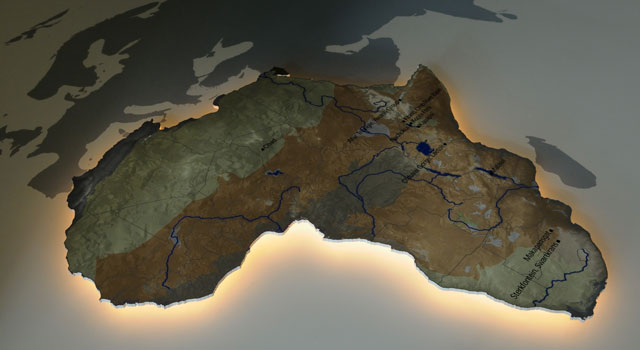
There is widespread acknowledgement that Africa has a long road to travel before it can use the power of technology to improve the lives of people.
Broadband coverage outside urban and peri-urban areas is still woefully inadequate despite initiatives such as undersea cables that are connecting African countries. But statistics on connectivity show great disparities on the continent.
While access to connectivity has widened, the costs are still high. Internet speeds in the developing world cost much more for lower broadband speeds. Entry-level broadband, averaging across mobile and fixed-line access, exceeds 40% of average income. In many countries it is over 100% of monthly income.
This is why Internet access in developing countries is seen as a luxury. The minimum needed to access two or three educational videos a week is 500MB/month. Yet fewer than 3% of Africans, 25% of Asians and 30% of Latin Americans can afford a mobile package.
Internet usage in Africa
Find out how connected the continent is — click on a country to see the number of Internet users and the level of penetration. Western Sahara is a disputed territory and no Internet usage data is available. e-Learning Africa 2015
The Internet brings the promise of untold riches in knowledge, culture and educational opportunities. But a great deal needs to be done to tap into its potential.
New avenues of research in social media, statistics, mobile technology, user patterns, e-teaching and e-learning must be strengthened and supported with acceptable tools and staff.
Quality content for online environments needs to be developed on a massive scale.
For educational institutions, the immediate challenges are on how to redesign curricula and change learner use and support. Information and technology has had a significant impact on all of these, and this will only grow.
The exciting new and rapidly changing digital world needs a new skills set for staff and students. At the University of Maryland University College, for instance, this was achieved over 10 years with a complete transition to an online environment. This was done by making the technology available, training staff and setting a deadline for all courses and staff to operate online.
For many higher education institutions, the rapid growth and diversification of e-learning opportunities poses new threats of competition, particularly from the developed world. The post-secondary education and training sector must be alive to these challenges and act quickly.
As comparisons increase, public and peer scrutiny of courses may lead to questions about quality and value for money.
School is where it should start
To make the most out of technology for educational purposes, access and cost, particularly affordable devices, must be addressed.
Internet access is not available or it is extremely expensive for the majority of schools on the continent.
Availability ranges widely in penetration and speeds within sub-Saharan Africa. It is negligible in primary schools in Burkina Faso, Liberia, Madagascar and Guinea. It is slightly more available at the secondary level — 1% of combined secondary schools in Burkina Faso, 3% of upper secondary schools in Madagascar, and in 3% and 5% of lower and upper secondary schools in Guinea.
In Niger, the number of primary schools with Internet is unknown; however, in lower and upper secondary schools, Internet access is 2% and 14%.
In Egypt, 25% of primary schools that have PCs also have an Internet connection.
At the other end of the range, the report shows that Mauritius has connected 93% and 99% of primary and secondary schools. Botswana has connected all public secondary schools to the Internet.
Mobile learning can be a vital, supplementary tool to assist learning in schools, but it has to be available and affordable. At schools, many children complain about not enjoying access to information unless they pay for it.
Putting a device into the hands of every student remains a huge challenge given stark levels of poverty and income disparities. Devices that allow access must be cheaper. Africa is already witnessing a flood of such devices from rival manufacturers. This competition bodes well.
Our collective wish must be to make technology easily available so that we can enrich tomorrow for all, but particularly for learning.![]()
- Narend Baijnath is professor responsible for ICT, Open Distance and e-Learning, Organisational Architecture, Open Education Resources (OERs), at Unisa
- This article was originally published on The Conversation

